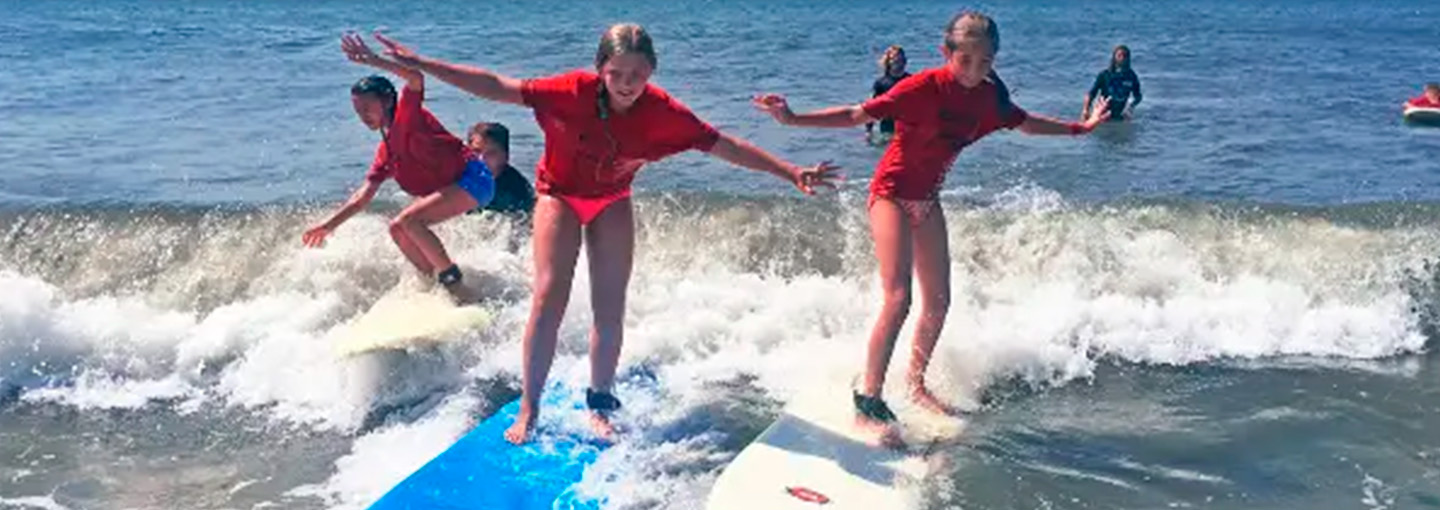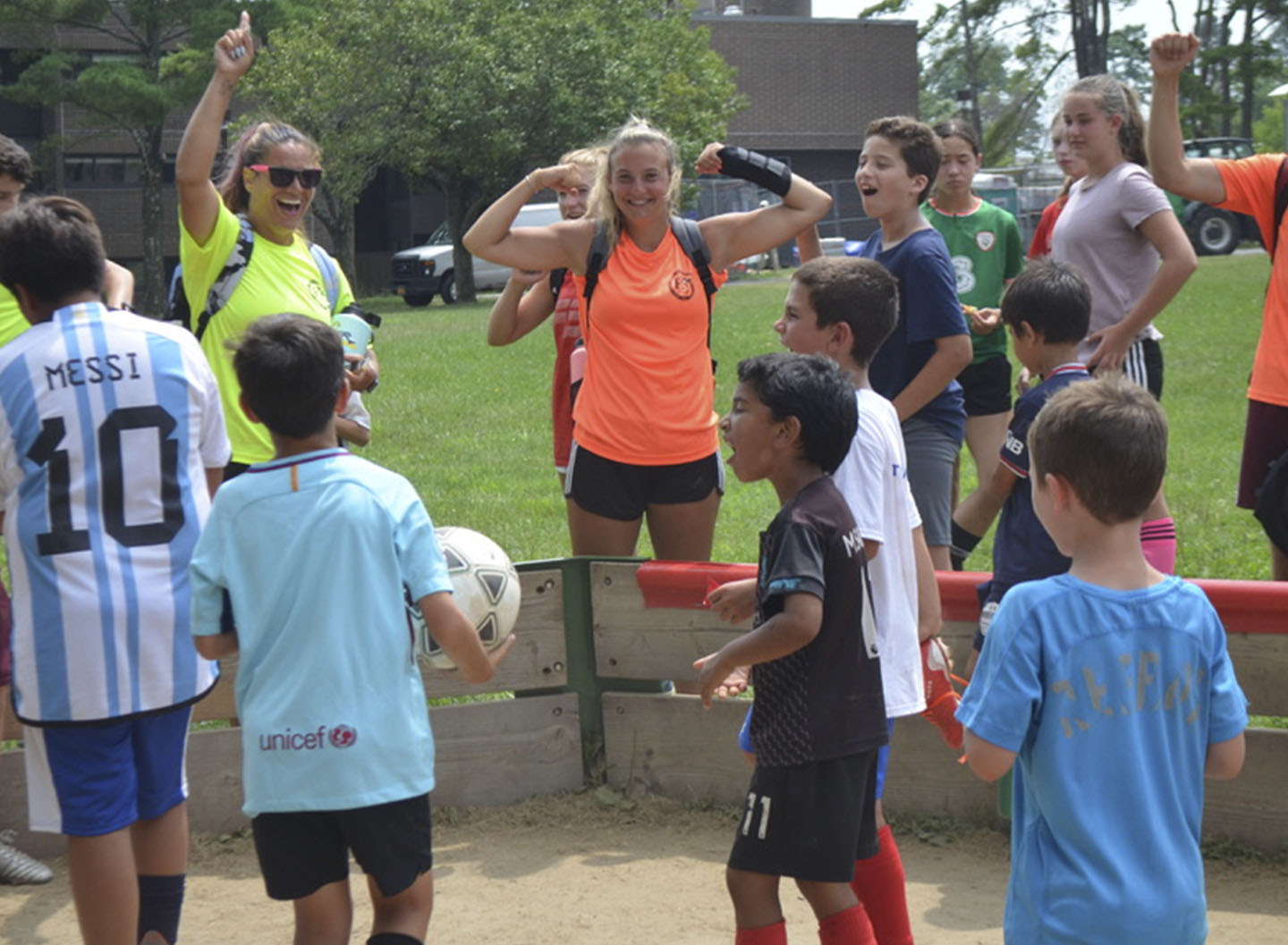No matter what activity you’re trying to do, there’s one thing that everyone needs to have: Balance.
From basketball to dancing, balance is at the core of every physical activity.
It goes beyond sports and athletics, too. Balance carries over into our everyday lives. Many occupations and hobbies require good balance. Even simple tasks, such as walking or climbing stairs, use your balance!
If balance is this important, how do we improve our equilibrium and ensure that we don’t lose it in the future?
Below, we’ll get into the best ways to improve (and maintain) your balance. But first, let’s talk about how balance works and why it’s essential.

Good balance is valuable, not only in sports, such as surfing or basketball, but also in everyday life.
How Does Balance Work?
Your balance relies on several systems in your body working together.
It starts with your eyes. Good vision allows you to see where your body is in relation to your surroundings.
Next is something called proprioceptive input. Simplified, this refers to sensors in various parts of your body that help your brain understand where your feet and legs are in relation to the ground. It also helps you know where your head is compared to your chest and shoulders.
Last is your vestibular system. Your inner ear has some organs that help with your balance and tell your brain about the position of your head. They can sense when your head is moving in a straight line, going up or down, or staying completely still.
For proper balance, all three systems must work together properly.
Why is Balance Important?
Above, we mentioned a few scenarios that outline how balance impacts your well-being.
However, there are many more reasons why balance is essential, and aspects of your life are affected by balance. Here are some of the biggest reasons why balance is indispensable.
Preventing Falls and Injuries
The most critical reason to improve and work on your balance is injury prevention.
Whether it’s from falls or specific balance-related injuries, balance is crucial to keep injuries at bay during various activities.
Sprained ankles are a common injury associated with poor balance. If someone isn’t stable, they’re more susceptible to ankle instability.
Preventing falls may not be too concerning for younger children or teens, but improving balance can go a long way toward fall prevention as we age. What better time to start developing your balance than right now?
Improving Posture
Balance, strength, and posture are all connected—they can all significantly impact each other.
Poor posture can cause many health issues down the road, with neck, back, and shoulder pain being common ailments. Posture can become a significant concern for individuals in later stages of life who adopt a sedentary lifestyle or spend prolonged periods hunched over screens.
Balance is directly linked to posture. Even for those not participating in many physical activities, balance-related exercises can help counteract poor posture with better mobility in problem areas, such as the upper back.
Better Coordination
Coordination and balance are also linked—if you have poor coordination, there might be some issues with your balance.
Good news: This also means that by improving your balance, you’ll have better coordination!
Any kind of balancing drill or exercise will help you with your coordination and benefit you in all different activities. For example, shooting a basketball or hitting a baseball both require a high level of coordination to succeed.
Better Strength
Did you know that balance is linked to muscular strength?
Using your muscles requires a certain amount of balance. If you cannot maintain stability, you won’t get the most out of your strength, whether lifting something heavy, sprinting, or any other activity requiring muscular power.

Improving your balance can help you in almost any activity requiring functional strength.
How to Improve Balance
Balance can be improved at any age.
In fact, it’s probably best to work on balance at an early age. As we get older, we begin to lose some of our balance, and it can be beneficial to start exercises early.
Not to mention that, for those who participate in sports or other physical activities, balance can improve your abilities!
There are many different exercises or drills that you can do to improve your balance:
- Weight shifts - Stand with your feet hip-width apart with weight on both legs. To perform the exercise, alternate between shifting your weight on each leg, holding it for 30 seconds on both legs. Repeat for as many repetitions as you’re comfortable with.
- Single-leg balance - Similar to weight shifts, you’ll start with your feet hip-width apart. Put your hands on your hips and lift one leg off the floor while slightly bending at the knee with your other leg. Hold for 30 seconds, repeat with the other leg, and do as many repetitions as possible.
- Step-ups - Find a stable object that comes off the ground by 1-2 feet. Start by stepping up onto the object with one leg, holding your other leg in the air. Hold for as long as you can, then repeat with the other leg.
- Flamingo - Stand with your feet around hip-width apart. Switch to standing on your right leg, bringing your left foot up to your right knee in a “flamingo” pose. Repeat with the other leg.
- Sit to stand - Find a chair and sit with your feet shoulder-width apart. Lean slightly forward and sit toward the front of the chair. Slowly stand up without using your arms or hands to help. Repeat for as many repetitions as you’d like.
- Grapevine - This dynamic balance exercise allows you to walk sideways while crossing one foot over the other. Make sure you have ample room to perform this exercise so you don’t bump into anything!
Improving Balance Can Help In All Areas of Life
From sports to everyday life, improving your balance has numerous benefits.
The best part? You can start early!
Use our exercises above to improve your balance, perform better in athletics, and, most importantly, Lead a better life.










.png)
.png)
.png)
.png)